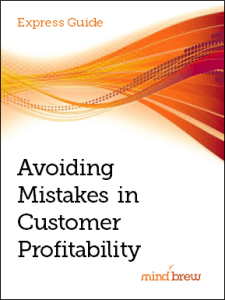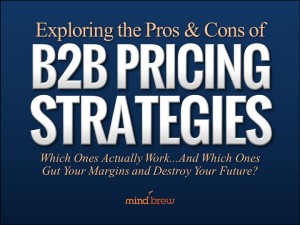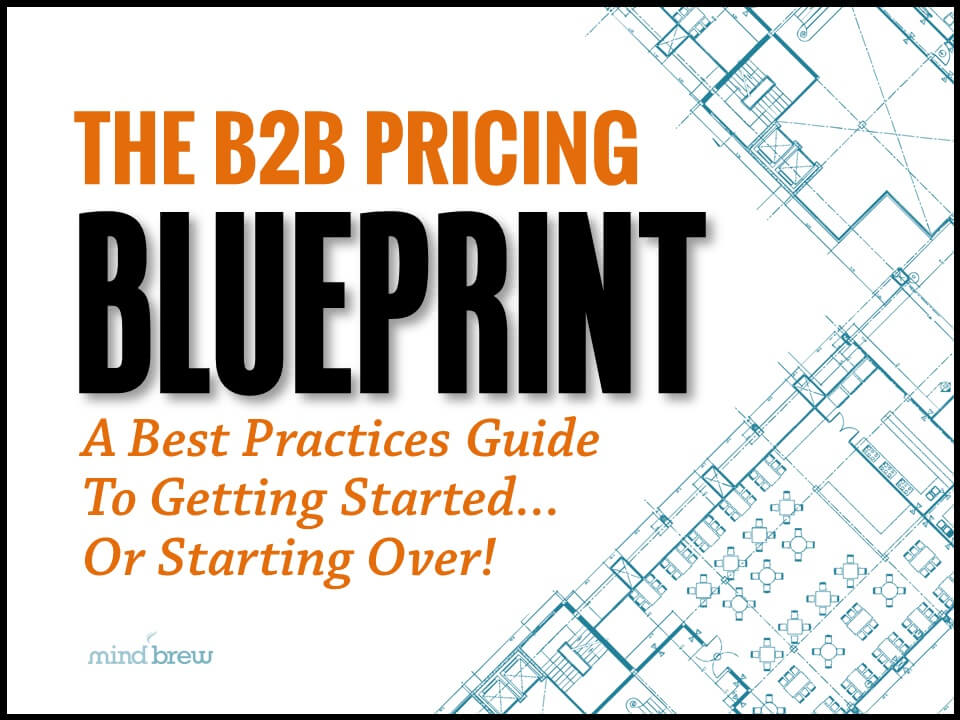When Lee Iacocca became CEO of Chrysler in 1978, the carmaker was on the brink of collapse. Iacocca blamed much of the auto manufacturer’s problems on the fact that its vehicles were too different from one another with too few parts in common.
Iacocca wanted to do things differently.
He ordered teams to start reusing as many parts as possible. Under his direction, they rolled out the K-Car Platform. This common foundation allowed the company to make everything from small sedans to the first minivans using common parts. The technique saved the company billions, and it would underpin most of the vehicles the company sold for almost two years.
According to The New York Times
Not only did [K-cars] almost single handedly save Chrysler from certain death, they also provided the company with a vehicle that could be stretched, smoothed, poked, chopped and trimmed to create almost a dozen different models.
The lesson here for pricing teams is that having a solid foundation makes it easier to scale up and easier to adapt to changes in the market. If you have the right building blocks in place, you are much less likely to need to “go back to the drawing board,” when a new challenge presents itself.
So what are the key building blocks for pricing teams? In our opinion, these three are critical:
- Segmentation. An accurate segmentation model helps you understand the most important factors that affect your customers’ willingness to pay. It provides the foundation that allows you to set prices and predict how changes in price will affect sales and margins. To learn more, check out Getting the Most Out of Price Segmentation and Price Segmentation Attributes.
- Team Skills. Your team needs a well-rounded skillset. They not only need to understand the technical details of analytics and pricing, they also need a strong desire to make decisions with the whole business in mind. Our research has found that great pricing teams are always looking beyond their own company and industry for new ideas they can integrate into their own practices. And they’re focused on building pricing processes and systems that are scalable and repeatable. For tips on how to build that kind of team in your organization, see Powerhouse Pricing Teams and How to Hire Great Pricing People.
- Price Execution. For better or worse, pricing teams are rarely the people responsible for delivering their prices to the marketplace. You probably have to rely on the sales team to communicate your prices to customers and negotiate effectively. But while you aren’t solely responsible for execution, there are a lot of things you can do to ensure that the pricing you create is the pricing customers see. You can learn more from Profitable Pricing Enablement and Getting Salespeople to Price Better.
Building the first K cars was costly. But over time, having the K-car foundation in place allowed Chrysler to drive down costs and adapt quickly to changing market conditions. It allowed the company to not only survive but to thrive.
In the same way, getting these pricing building blocks in place takes time and energy. But once you have them in place, you’ll be equipped to handle whatever the market throws at you — and maximize margins at the same time.
Getting the Most Out of Price Segmentation
Price Segmentation Attributes
Powerhouse Pricing Teams

In B2B, dedicated pricing teams are still a relatively new development. And as such, there are no long-standing rules for how everything should work. In this on-demand webinar, explore the common traits, characteristics, and behaviors of successful pricing teams that have been around longer than most.

















